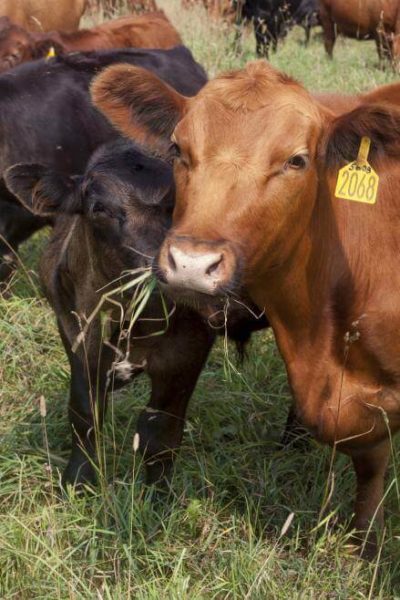A cattle disease that affected more than 5,000 cows, over 500 of which were killed, was probably spread by vets farmers and cattle traders in Germany, according to one of the first research articles published in the new open access journal Heliyon. The authors of the study, from Friedrich-Loeffler-Institute (FLI), Germany, say farmers and people who visit farms should take biosecurity measures like wearing disposable clothes where there is a risk of infection.
One of the most important infectious diseases in cattle, Bovine Viral Diarrhea (BVD) leads to severe disease and significant economic losses globally. Caused by the Bovine Viral Diarrhea Virus (BVDV), BVD suppresses the immune system and causes a variety of symptoms, including respiratory problems, infertility, and abortion.
Because of its biological and economic significance, an attempt has been made to eradicate BVD in Germany. This has in some farms resulted in a cattle population that has neither been exposed to the virus nor vaccinated, making it more susceptible to infection.
In 2012 a highly virulent type of BVDV virus (BVDV-2c) was introduced into a cattle farm in Germany and transmitted to other farms. This led to several outbreaks and a high number of deaths among the 5,325 affected cattle on 21 farms.
“A dairy farmer first noticed a reduction in milk yield, respiratory symptoms, nasal discharge, fever, sporadic diarrhea and sudden deaths – these symptoms were also noted on other farms as the infection spread, but did not immediately indicate BVD as the cause,” said Dr. Jörn Gethmann, lead author of the study from Friedrich-Loeffler-Institute. “We were surprised by the high morbidity and mortality an induced by a BVDV strain in this outbreak.”
The researchers supported the competent local authorities in tracing the spread of the virus. They visited eight farms and obtained data on a further 13 farms. They discovered that the virus was not transmitted directly by infected cattle, but mostly by people such as vets and traders who were moving between farms. “We were surprised to see the effective transmission to other farms without persistently infected animals involved,” commented Dr. Gethmann.
Lab analyses revealed the source of the outbreak was a BVD type 2c virus that has a particular addition to its genome. The virus appears to be associated with more severe symptoms than BVD; the fatality rate was up to 60% and between 2.3% and 29.5% of the cattle on each farm died during the outbreak.
Once the cause was identified, swift measures were taken to control the outbreak. Veterinary authorities imposed trade restrictions on affected farms. People who had been in contact with infected cattle were generally advised to increase biosecurity measures, for example by wearing disposable clothing. On some farms, affected animals were vaccinated against BVD to reduce clinical signs as an ’emergency measure’.
This approach stopped the further spread of the disease. However, the researchers say it is important to revisit control programs regularly and adapt them to the changing situation, for example with new virulent strains arising.
“The results of our study may help to revise existing BVD control regulations and increase biosecurity in cattle farms, in particular by reducing the risk of disease transmission through person contacts and trade,” said Dr. Gethmann. “We also hope our study will inform farmers about the risks of the introduction of new BVD types into their farms.”


